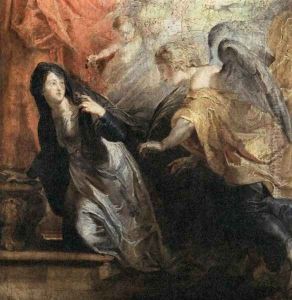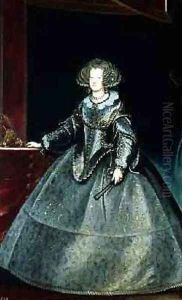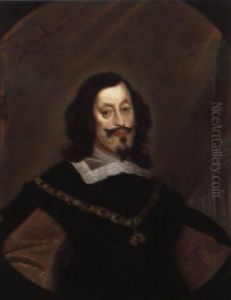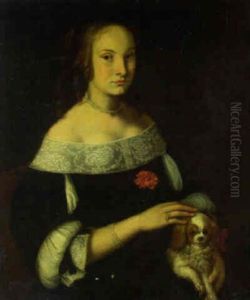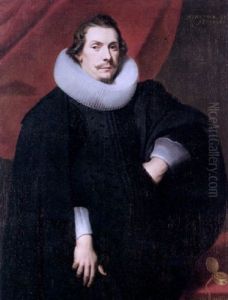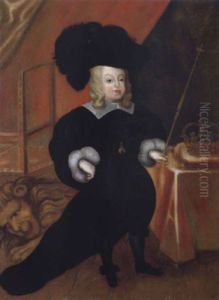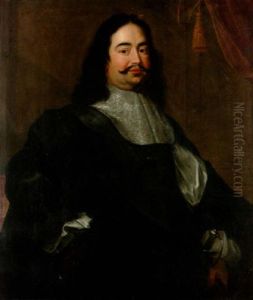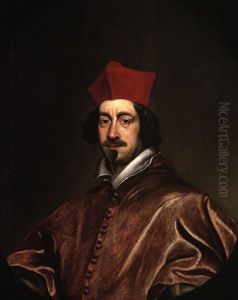Frans Luyckx Paintings
Frans Luyckx (also spelled as Frans Luijcx or Frans Luycx) was a Flemish Baroque painter who is most known for his portraits of European royalty in the 17th century. Born in Antwerp in 1604, Luyckx's early life and training as a painter in his native city are not well-documented, but he likely apprenticed under a master in the vibrant artistic environment of Antwerp, which was a significant center for art in the 17th century.
Luyckx's career took a decisive turn when he moved to Vienna. By the 1630s, he had become a court painter to Ferdinand III, Holy Roman Emperor. This position allowed him to gain prominence and secure commissions from various members of the European aristocracy. His work during this period is characterized by a meticulous attention to detail, rich color palette, and the ability to capture the dignity and elegance of his sitters. Luyckx's portraits are notable for their sophisticated use of light and texture, which added depth and realism to his depictions of royal figures.
Throughout his career, Luyckx painted numerous members of the Habsburg family and other European nobility, showcasing his skill in rendering the opulence and intricacies of their attire and surroundings. His portraits served not only as representations of his subjects but also as symbols of their power and status. Despite the prominence he achieved in his lifetime, many details of Luyckx's life remain obscure, and his work was somewhat overshadowed by other contemporaneous artists after his death in 1668.
Nevertheless, Frans Luyckx remains an important figure in the history of European portraiture. His contributions to the genre provide a valuable glimpse into the courtly life of the 17th century, reflecting the political and social aspirations of the period. Today, his works are held in several major museums and collections worldwide, where they continue to be studied and admired for their elegance and historical significance.
